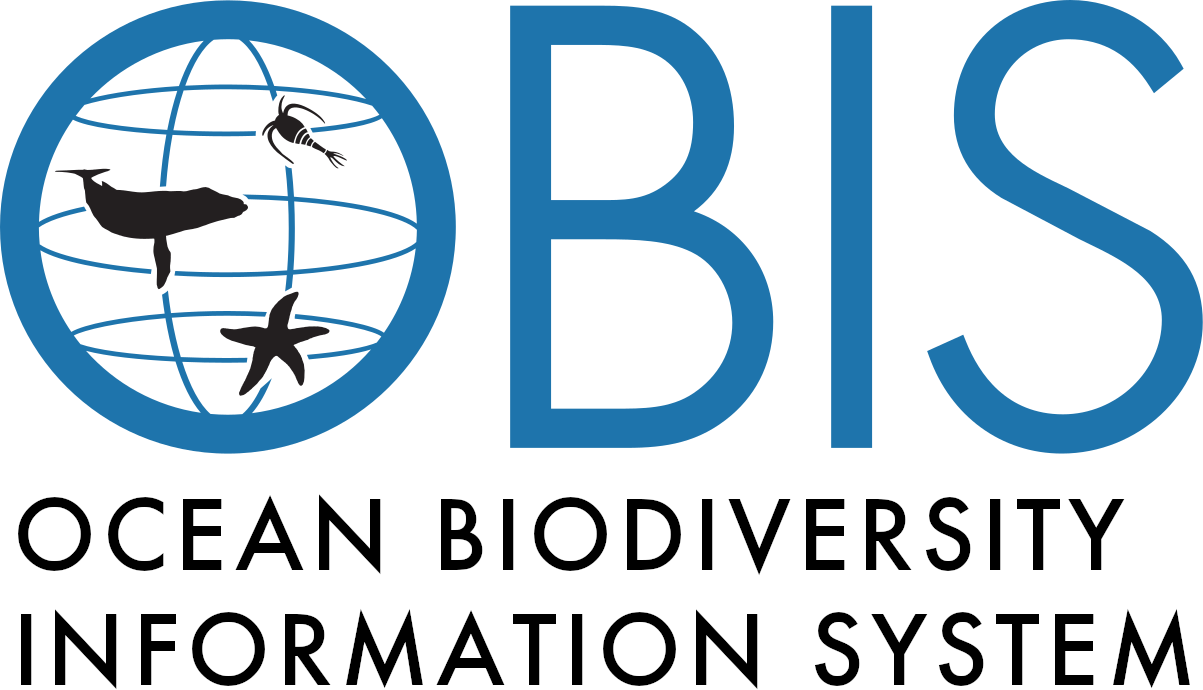The OBIS Manual
16 December, 2025

1 Introduction
OBIS accepts a variety of data types, including species occurrence, associated environmental and measurement data, and more. This manual provides a comprehensive walk-through on how to contribute data to OBIS and how to access data in OBIS. It is divided into topical sections that provide detailed information on:
- Frequently Asked Questions
- How to contribute data to OBIS, including information on data standards and terms of reference for OBIS groups
- Accessing data from OBIS
- Formatting datasets
- Running quality control checks
- Publishing data
- Data visualization tips
- Links to additional resources
The manual is designed to provide guidelines for OBIS nodes and data providers, ensuring that data published via OBIS are of high quality and adhere to internationally recognized standards. It also serves as a resource for data users on how to access, process, and visualize data from OBIS. See the quick links page for a quick reference to various guides, tools, and resources. You can also use the free text search feature to quickly find content within the manual.
See the OBIS YouTube playlist for many helpful How-to videos!
The OBIS manual is a dynamic document and is revised on a regular basis. We welcome suggestions for additions and changes, which can be sent to helpdesk@obis.org, the OBIS Capacity Development Task Team at training@obis.org, and/or submitted as issues at https://github.com/iobis/manual/issues.
1.1 Guidelines on the sharing and use of data in OBIS
It is important that our data providers, as well as all data users, are aware and agree on the OBIS guidelines on the sharing and use of data in OBIS, which was adoped at the 12th OBIS Steering Group.
NB: Data users should be aware of the licenses associated with any dataset downloaded from OBIS (e.g. CC0, CC-BY, CC-BY-NC).
1.2 Acknowledgements
This manual received contributions from (in alphabetical order): Ward Appeltans, Abby Benson, Samuel Bosch,Yi-Ming Gan, Philip Goldstein,Mary Kennedy, Elizabeth Lawrence, Carolina Peralta Brichtova, Pieter Provoost, Saara Suominen, Serita van der Wal, and Leen Vandepitte.